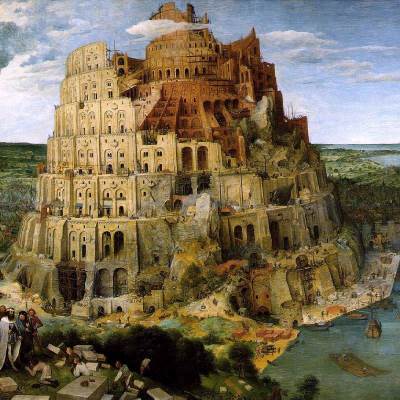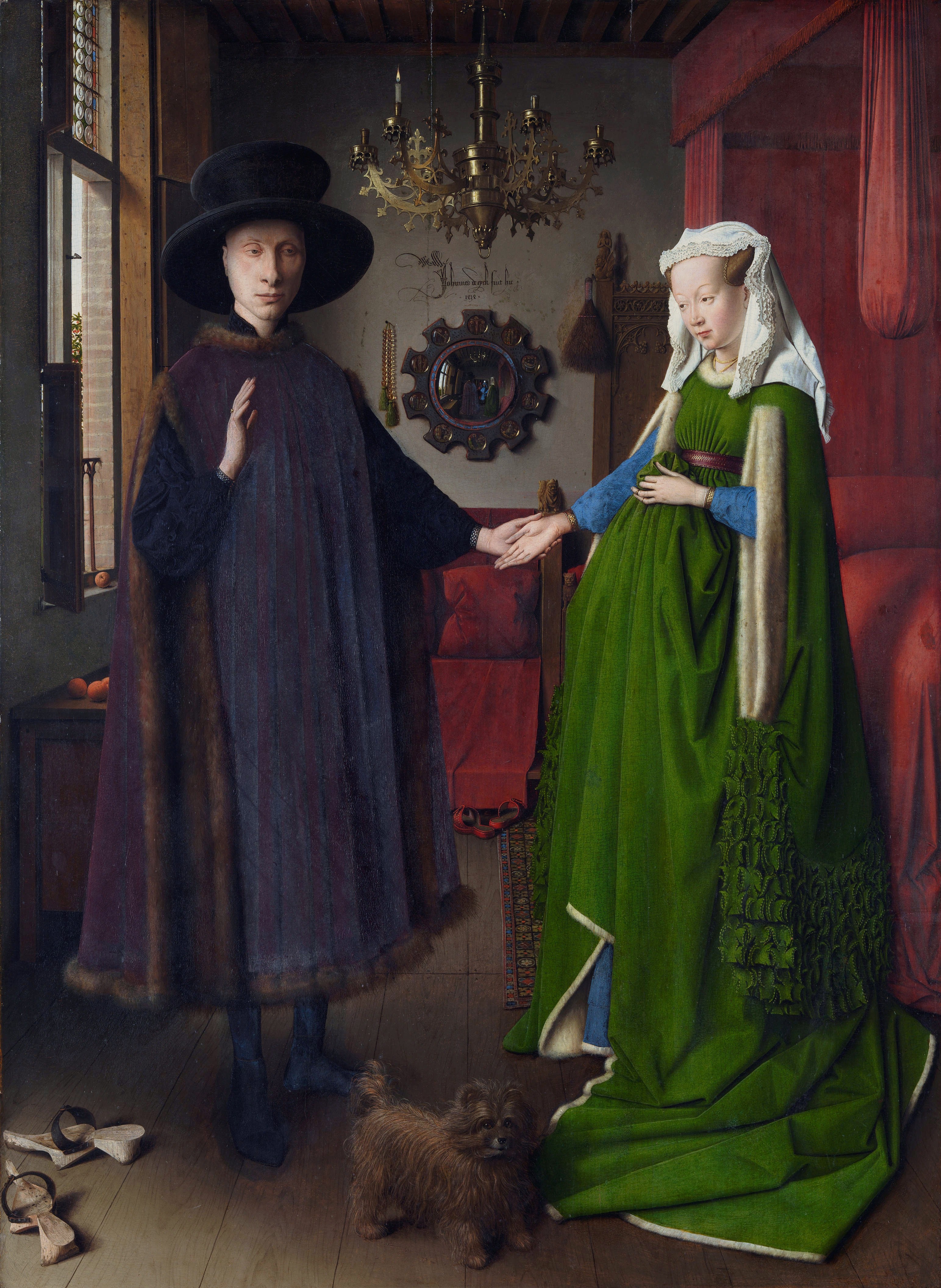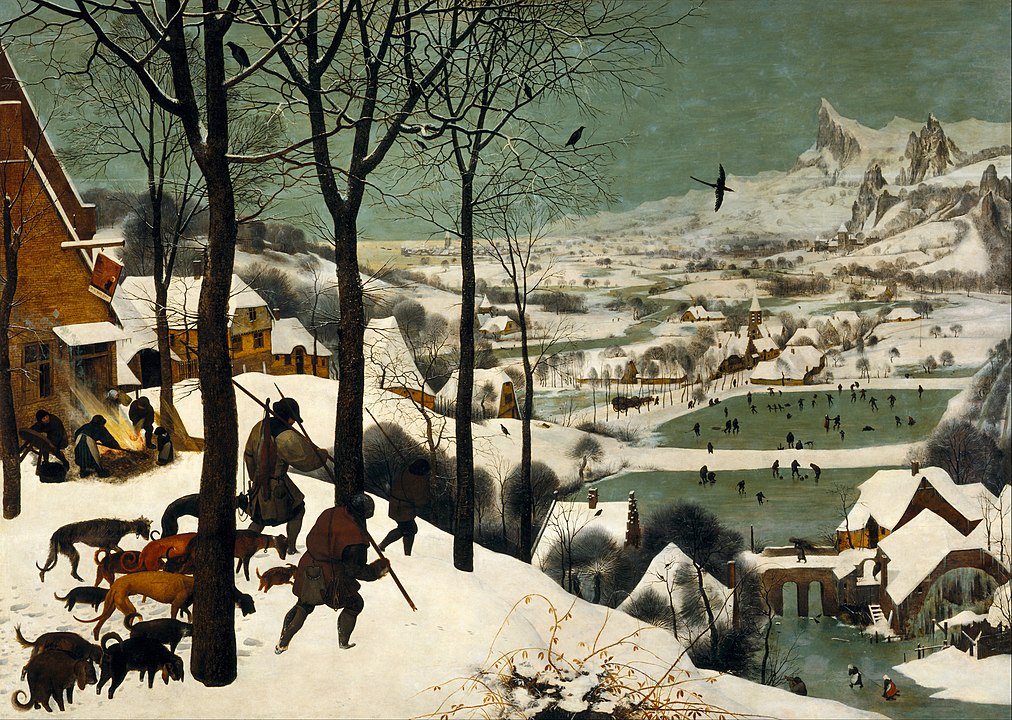The Flemish Renaissance Movement and Its Key Artists

Jan Van Eyck, Hieronymus Bosch, Pieter Brueghel the Elder and younger
RNfinity | 28-01-2023Jan van Eyck, also known as John van Eyck, was a pioneering Flemish painter of the 15th century. He is renowned for his mastery of oil painting techniques and his highly detailed, realistic style. Van Eyck's work, characterized by its luminous colors and intricate symbolism, greatly influenced the development of Northern Renaissance art. Hieronymus Bosch, often referred to simply as Bosch, is known for his fantastical and often nightmarish paintings. His most famous works include "The Garden of Earthly Delights," "The Temptation of St. Anthony," and "The Haywain Triptych." Bosch's art is characterized by its complex symbolism, religious themes, and surreal imagery. Pieter Bruegel the Elder was a significant figure in the Flemish Renaissance, known for his landscapes and peasant scenes. He brought a new level of realism and attention to everyday life in his paintings. Bruegel's works, such as "The Hunters in the Snow" and "The Peasant Wedding," showcase his unique ability to capture the essence of rural life and human nature. The Flemish Renaissance, while influenced by Italian Renaissance ideals, developed its own distinct characteristics. Flemish artists focused more on realism, detailed landscapes, and everyday scenes. They also excelled in oil painting techniques, achieving a level of detail and luminosity not seen in Italian works of the same period. Religious themes remained prominent, but were often set in contemporary Flemish settings. Jan van Eyck's innovative use of oil paints and glazing techniques allowed for unprecedented detail and luminosity in his paintings. His methods of building up thin layers of transparent oil glazes to create depth and richness of color influenced generations of artists, not only in Flanders but throughout Europe. Van Eyck's attention to minute details and his ability to capture textures realistically set new standards in painting. Hieronymus Bosch's art often explores religious and moral themes, particularly the concepts of sin, human folly, and divine judgment. His works are filled with complex symbolism, fantastical creatures, and surreal landscapes. Bosch frequently depicted the temptations and torments of human existence, creating vivid and often unsettling images that continue to fascinate viewers today.The Flemish Renaissance Movement and Its Key Artists
Who was Jan van Eyck and what was his contribution to the Flemish Renaissance?
What are some of Hieronymus Bosch's most famous works?
How did Pieter Bruegel (also spelled Breughel) contribute to the Flemish Renaissance?
What distinguishes the Flemish Renaissance from the Italian Renaissance?
How did Jan van Eyck's techniques influence later artists?
What themes are common in Hieronymus Bosch's artwork?
The Flemish renaissance movement is referred to as the fusion of then-Modern day Italian painting renaissance and local painting traditions of artists based in the Netherlands. Developed as a response to the Italian Renaissance in the Low Countries, the Flemish renaissance paintings are characterised by detailed depictions of the economically deprived areas of the European subcontinents and the landscapes that are a part of them, which received special attention. In fact, the Flemish renaissance painting period is also known as the birth period of landscape as well as genre painting. There were a few artists that gave this artistic revolution period its identity. This article is about them. Read on to know more.
Jan van Eyck.
The maestro who is known for his work for his oil paintings reportedly came from the city of Maaseik in Belgium and was reportedly born in 1390. His name is known to have started making rounds in the relevant circles around the year 1422, the year in which he supposedly worked for John of Bavaria in The Hague. Three years later, he worked in the capacity of a painter to Philip the Good, Duke of Burgundy. In fact, Eyck even painted Philip the Good’s future wife, Isabella of Portugal in 1428. He is one of the great pioneers of European painting and was a great innovator of oil painting technique. While working on various religious commissions and for several courtiers, merchants and churchmen, he came to be known for realistically depicting surface effects and flow of natural light. He achieved his trademark effects with the help of oil paintings, thanks to its ability of achieving translucent layers, which are also known as glazes. He combined realism with spiritual symbolism in his paintings, engendering a belief in the fundamental religious truth behind human existence and everyday experience. Two of his most well-known paintings are the enigmatic Arnolfini Portrait and Portrait of a man. The latter is believed to be Eyck’s self-portrait.
Madonna of Chancellor Rolin 1435 (Image public Domain)

The Arnolfini Portrait 1434 (Image public domain)

Hieronymus Bosch.
This Dutch/Netherlandish painter is believed to have been born in 1450 and is considered to be amongst the greatest artist of the Northern Renaissance period. Part of Bosch’s genius could perhaps be attributed to the fact that he comes from a line of notable painters, courtesy of his grandfather, the great Johannes Thomaszoon van Aken, who is believed to have created the ‘painter dynasty’. In spite of that, very little is known about the works of Bosch’s father. This could also perhaps be a reason for his wild and perhaps even outrageous capacity for imagination. He became widely known in the relevant circles partly due to his marriage to the daughter of a merchant, namely Aleid van der Mervenne, which supposedly opened the doors to many noblemen for him. Additionally, as per art Historian Stephan Fischer, another side benefits of the union were the likes of a thick bundle of cash, a piece of land and the status, which he utilised to put together an art workshop. Around this point in time in his life, he established as an artist to be reckoned with in his own right. One look at the surviving works of Bosch will help the viewer instantly identify one common throughline, which is the extensive use of fire-related imagery in them. It is believed that this imagery is influenced by the greatest tragedy from his early years that he allegedly was a witness to, which is the obliteration of his childhood home caused by a rampant fire that engulfed his birth town in the year 1463. The use of blazes, among other forms of imagery, would become Bosch’s trademark over time. But, once upon a while, Bosch did create paintings that were comparatively muted. One such example of the same is the Crucifixion of Saints and Donor. This piece was apparently created to ensure the salvation of the soul of the donor, who is shown kneeling at the foot of the cross. Not a lot is known about the place where it was kept on display after Bosch had completed the same, but today, it sits comfortably in the Royal Museums of Fine Arts of Belgium. Parts of what would become Bosch’s trademark painting style began to emerge with one of his works, which is known as The Garden of Earthly Delights. This piece of art is riddled with images such as a gathering of naked figures intertwining with each other while simultaneously nibbling on a gargantuan and strawberries and seemingly infected genital organs, among others. The events occurring in the painting could perhaps be described as a deeply unimaginative romp, but it just seems like that on the surface. But, amidst all that is happening, lies a complex message and perhaps even social commentary. This is the beauty of Bosch’s genius. Within this very painting exist themes of sin, punishment and even hell. Another painting, namely St. John the Baptist in Meditation, shows the robe of a saint being obscured by a threatening and other-worldly looking plant species that has the potential of becoming quite monumental in size. When success came knocking at Bosch’s door, he began incorporating disturbing images in his work. Two of his most controversial pieces are The Temptation of Saint Anthony and Triptych of the Adoration of the Magi, which are known to deliver poignant messages through the medium of disturbing imagery. Most of the work produced by Bosch after earning his time under the limelight saw him incorporating the previously mentioned images of fiery blazes all around.These paintings, and so many more by the artist have captured the fancy of many, inspired several artists and have been a topic of discussion, debate and interpretation for centuries.
The Garden of Earthly Delights between 1490 and 1510 (image Public Domain)

Pieter Brueghel the Elder.
As far as date and place of birth as well as personal life details are concerned, Brueghel has proven to be a rather enigmatic figure. In fact, there’s a certain degree of ambiguity regarding his city of birth itself. Karel val Mander, an art historian, has used two spellings for Brueghel's birth town. The first one is Bruegel, and the other one is Brueghel. Both are towns in real life and their description matches that of the one penned down by val Mander in her biography about art historians, namely Het Schilder-Boek, or the book of painters. There are in fact several such details regarding Brueghel that are shrouded in mystery to this day, and hence art enthusiasts and historians could never come to a mutual consensus about all things Brueghel, which has caused the emergence of several co-existing theories regarding his time on Earth. Irrespective, Brueghel emerged as the most significant painters at the time of the Flemish Renaissance, courtesy of his realistic depictions of people and the vast landscapes occupied by them. He was also one of the very first artists who went. One of the other things that Brueghel came to be known for is his ability to give all of his subjects equal importance in his works, whether they are animated or otherwise. He is also known for the use of fantastical imagery and the kind of sketches that have also been considered to be ‘Hellish’. His later work was so similar to the frightening pieces produced by Hieronymus Bosch that he was considered to be the second Bosch of the movement. Some of his most noted pieces of work are Mad Meg, The Peasant Wedding and Hunters In The Snow, among others. On top of being the first of the prolific painters that gave birth to the Flemish Renaissance Movement, he was also an excellent sketch artist. Two of his most famous pieces of work is a piece called ‘Big Fish Eat Little Fish’ and the Tower of Babel of which he paints a large version displayed in the Kunsthistorisches Museum in Vienna and a smaller version in the Museum Boijmans Van Beuningen in Rotterdam. They depict a building consisting of a spiral of Roman Arches with parts of the building starting to crumble. It has been interpreted as depicting the futility of man’s over ambition and the conflict between ideologies.
Hunters in the Snow 1565 (Image Public domain)
